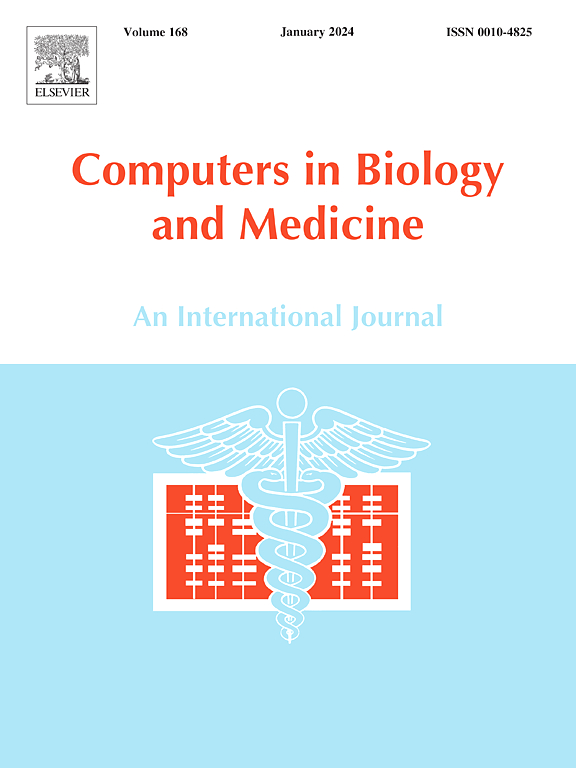Evaluating cardiac function in ex vivo heart perfusion using lumped parameter models
IF 6.3
2区 医学
Q1 BIOLOGY
引用次数: 0
Abstract
Background
Heart transplant outcomes and survival depend on the ability to implant well-functioning organs, but there remain no reliable, objective measures of cardiac function prior to implantation. The lack of standardized protocols and advanced technologies results in inconsistencies and subjective assessments, increasing the risk for postoperative graft dysfunction, the leading cause of short-term morbidity and mortality after transplant. Ex-vivo heart perfusion (EVHP) provides a platform to evaluate donor hearts prior to implantation, using machine perfusion to reanimate the heart to a beating, physiologic state. The FDA-approved Organ Care System (OCS) is widely utilized for the evaluation and ex vivo preservation of hearts, particularly from donors after circulatory death (DCD). However, it does not permit a physiological assessment of heart function because, while the heart continues to beat, its chambers remain devoid of perfusate and thus are unable to perform any functional work.
Method
In this study, we developed and validated a lumped parameter mathematical model to assess donor hearts during ex-vivo perfusion, using a customized, in-house EVHP setup that allows left ventricular loading.
Results
We demonstrate the ability of our mathematical model to accurately predict hemodynamic parameters, enabling performance analysis of hearts during EVHP. Our model generates pressure-volume loops, allowing for the computation of ejection fraction, and was verified with experimental measurements taken via echocardiography.
Conclusion
This promising tool demonstrates the unique opportunity to utilize mathematical modeling in the assessment of donor hearts, streamlining their performance evaluation. Ultimately, a more accurate assessment of donor hearts on EVHP may improve our utilization of available donor hearts, addressing the donor organ shortage that continues to limit transplant capabilities.
利用整块参数模型评估体外心脏灌注的心脏功能
背景:心脏移植的结果和生存取决于植入功能良好的器官的能力,但在植入前仍然没有可靠的、客观的心脏功能测量方法。缺乏标准化的方案和先进的技术导致不一致和主观评估,增加了术后移植物功能障碍的风险,这是移植后短期发病率和死亡率的主要原因。体外心脏灌注(EVHP)提供了一个在植入前评估供体心脏的平台,使用机器灌注使心脏恢复到跳动的生理状态。fda批准的器官护理系统(OCS)被广泛用于心脏评估和体外保存,特别是来自循环性死亡(DCD)供体的心脏。然而,它不允许对心脏功能进行生理评估,因为当心脏继续跳动时,其腔室仍然缺乏灌注,因此无法进行任何功能性工作。方法在本研究中,我们开发并验证了一个集总参数数学模型,使用定制的内部EVHP设置,允许左心室负荷,在离体灌注过程中评估供体心脏。结果我们证明了我们的数学模型能够准确预测血流动力学参数,从而能够分析EVHP期间心脏的性能。我们的模型产生压力-体积循环,允许计算射血分数,并通过超声心动图进行实验测量验证。结论该工具为利用数学模型评估供体心脏提供了独特的机会,简化了供体心脏的性能评估。最终,在EVHP上对供体心脏进行更准确的评估可能会提高我们对可用供体心脏的利用,解决供体器官短缺继续限制移植能力的问题。
本文章由计算机程序翻译,如有差异,请以英文原文为准。
求助全文
约1分钟内获得全文
求助全文
来源期刊

Computers in biology and medicine
工程技术-工程:生物医学
CiteScore
11.70
自引率
10.40%
发文量
1086
审稿时长
74 days
期刊介绍:
Computers in Biology and Medicine is an international forum for sharing groundbreaking advancements in the use of computers in bioscience and medicine. This journal serves as a medium for communicating essential research, instruction, ideas, and information regarding the rapidly evolving field of computer applications in these domains. By encouraging the exchange of knowledge, we aim to facilitate progress and innovation in the utilization of computers in biology and medicine.
 求助内容:
求助内容: 应助结果提醒方式:
应助结果提醒方式:


